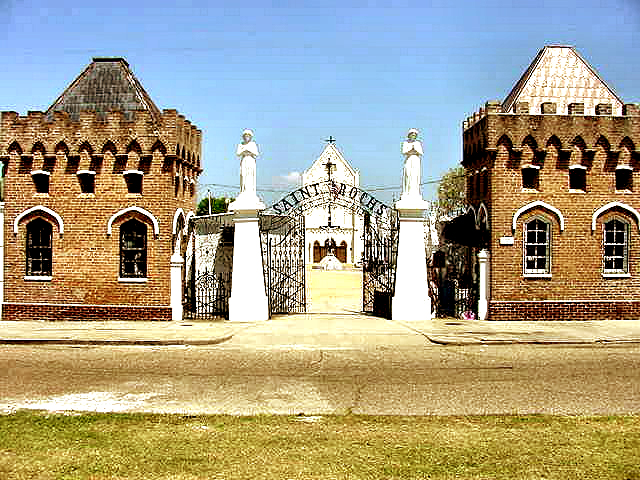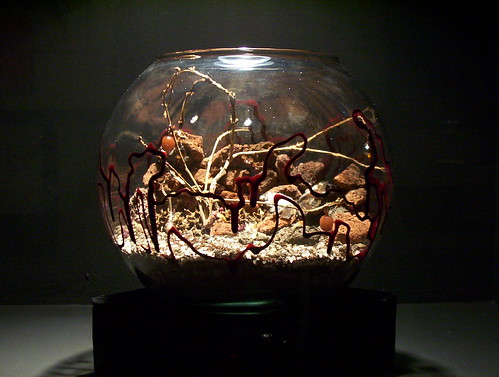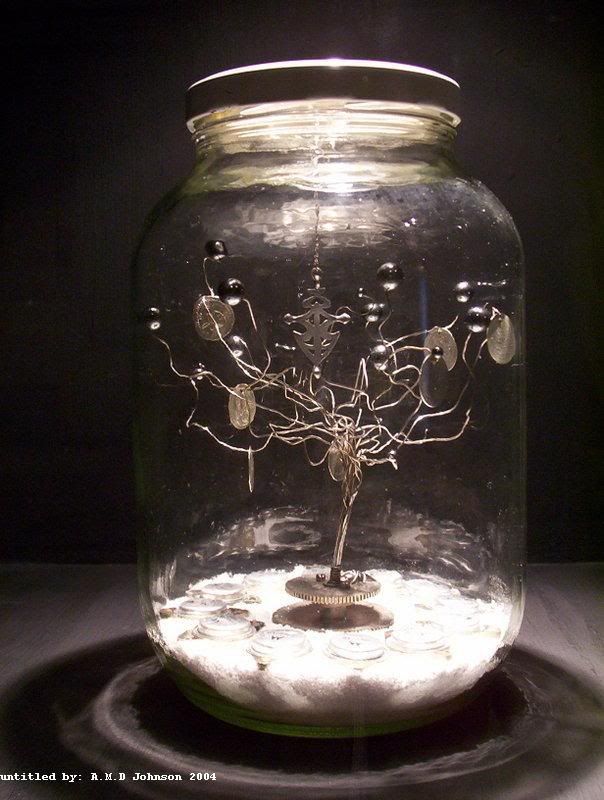" St. Roque church down at Raquet Green, where all the hoodoo dances used to be held, is a good place to burn candles for what you want. But you must walk down and back."
Of course I read it and wondered where this church used to be. Then all this info flooded my brain... Like the fact that Christian Churches almost always took sacred indigenous sites to build their own holy temples upon. Power places in the Southeast US almost always were at one time Native ceremonial grounds or sites.
For instance, Congo Square (renamed Beauregard Square for some dumb reason) in New Orleans, was the site of many voodoo ritual and social dances. It was also the Houma people's ceremonial stomp and stickball grounds.
So, I'm remembering all this and then I run across this in New Orleans as it was: Episodes of Louisiana life by Henry C. Castellanos
Postcard of St. Roch Cemetery Entrance w/ Chapel in the Background, New Orleans, c.1910
St. Roch Cemetery Entrance, present
What I can't make sense of is the use of the word bamboula? Bamboula is a musical style ( and also a drum of kinds ) that was imported into the Americas by slaves from the Caribbean. It is a dance, a style and an instrument so closely linked to the African Diaspora. Why is it ( incorrectly, i feel ) in this documentation of a Ishtaboli ( choctaw stickball ) game? The ball itself is called towa and I can find nothing so far to link the word bamboula any kind of game.
Subsequently, I have found interesting facts that link the pre-game ceremonies of Ishtaboli that were very ritualistic to the "hoodoo dances" on the Square. There was lots of conjuring and dancing by the medicine people of the Indian towns a the games.
Congo Square was used for this purpose and for certain both Native people and African people inhabited the Square at the same time. With Sunday's off for all slaves ( African, Native, Creole or White ) within the City of New Orleans anybody was bound to be in Congo Square during the festivities. I am now intrigued by this and need to find out more information.
Here's a funny thing:
Choctaw playing in Oklahoma, living in tipi? wtf is this?













No comments:
Post a Comment